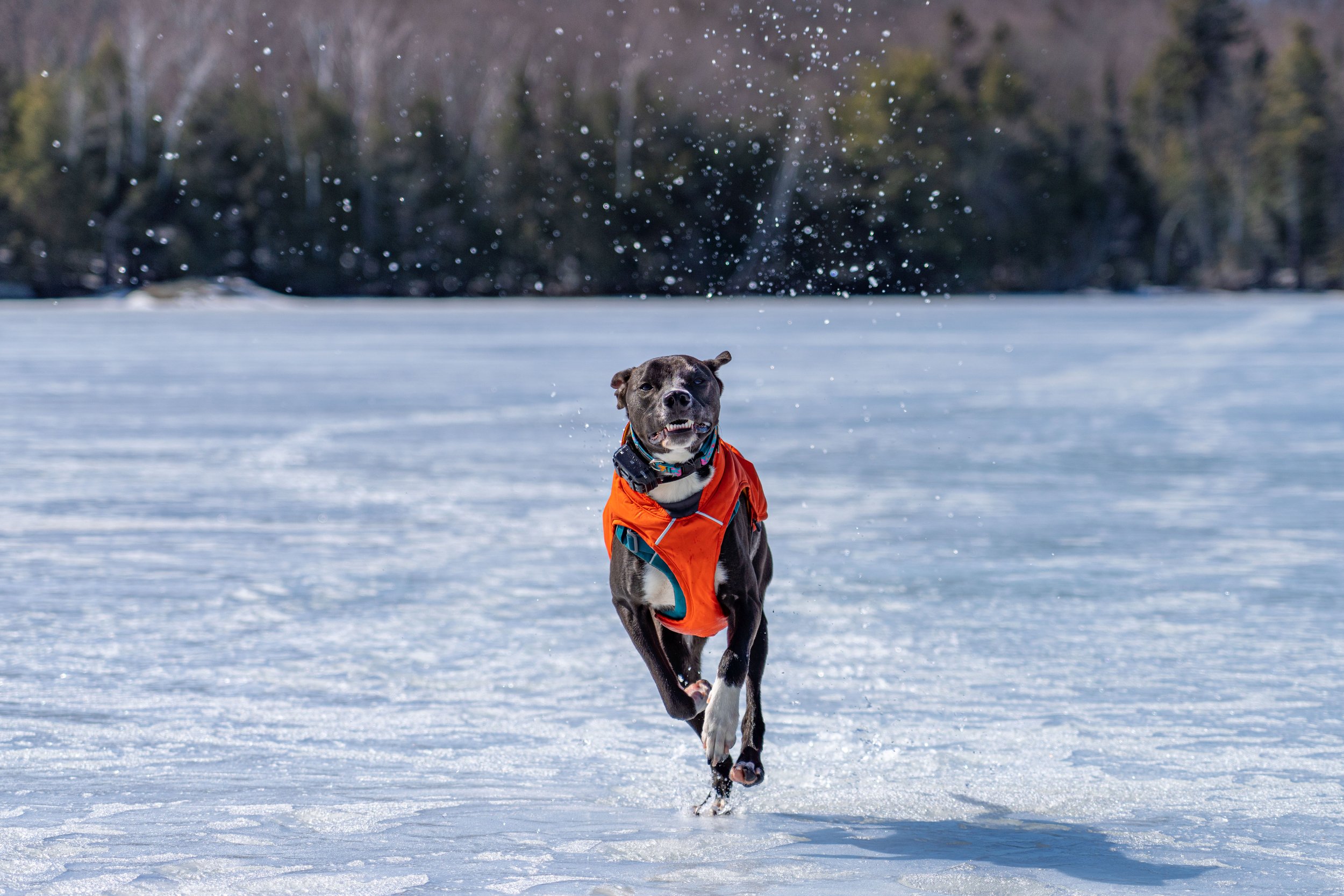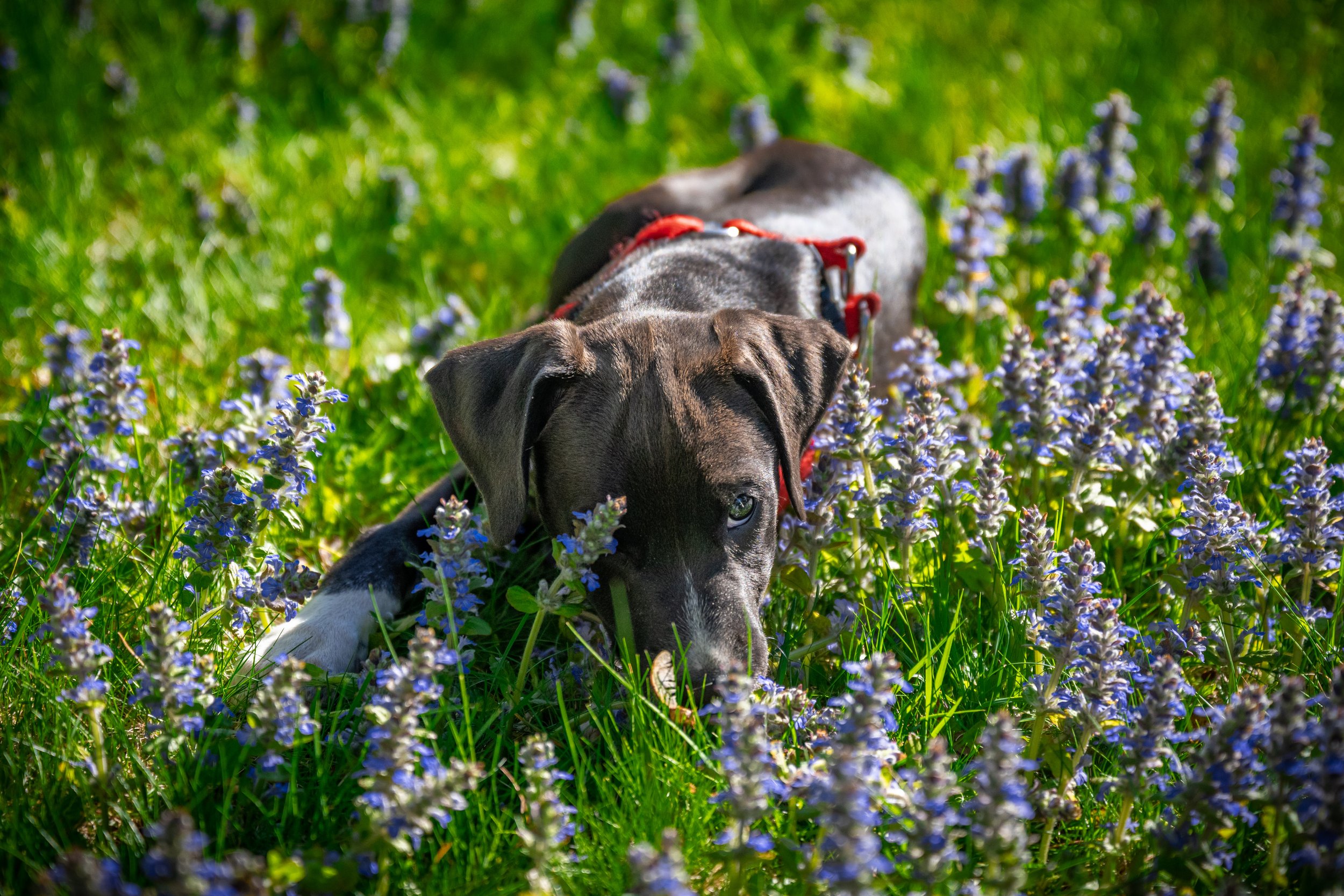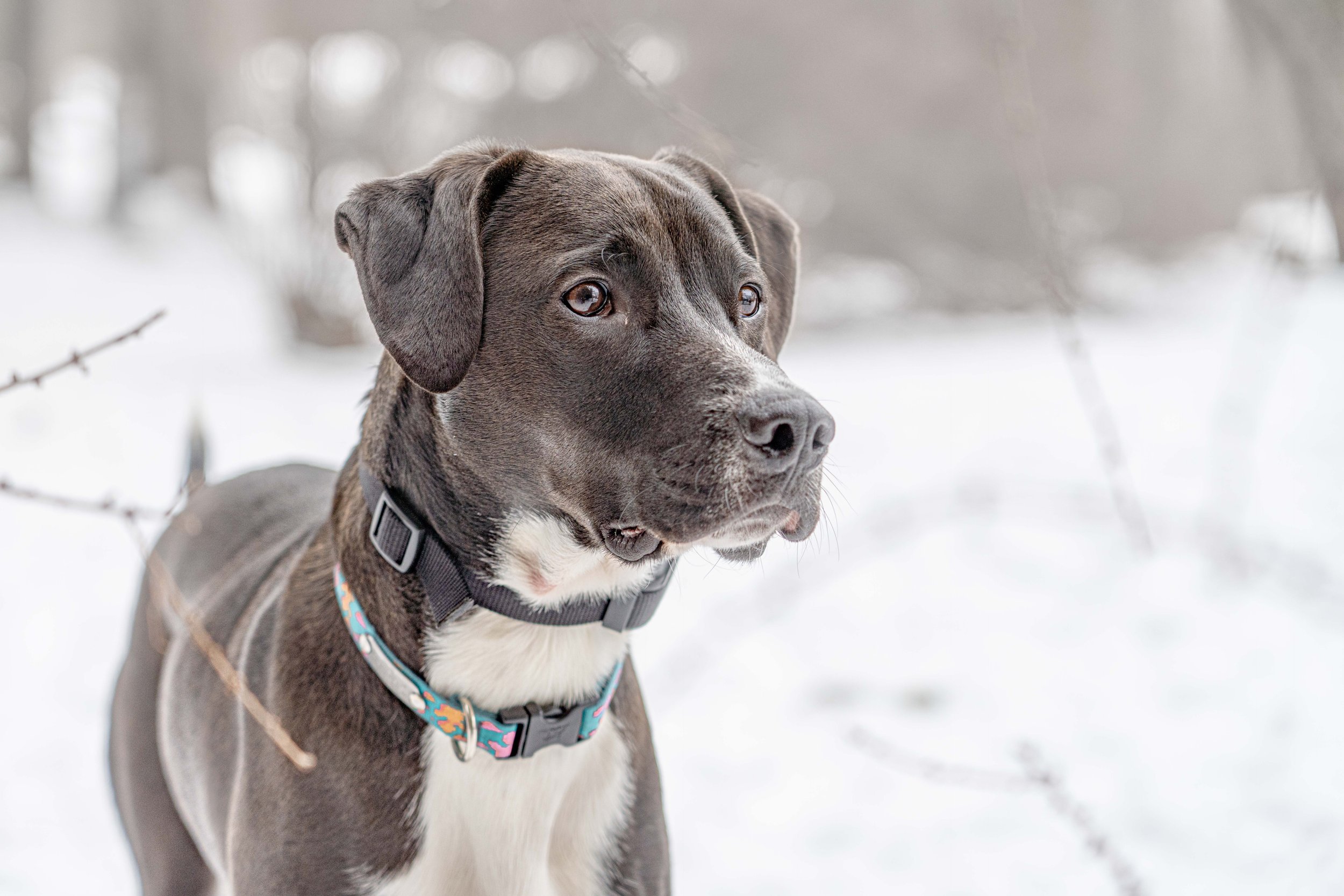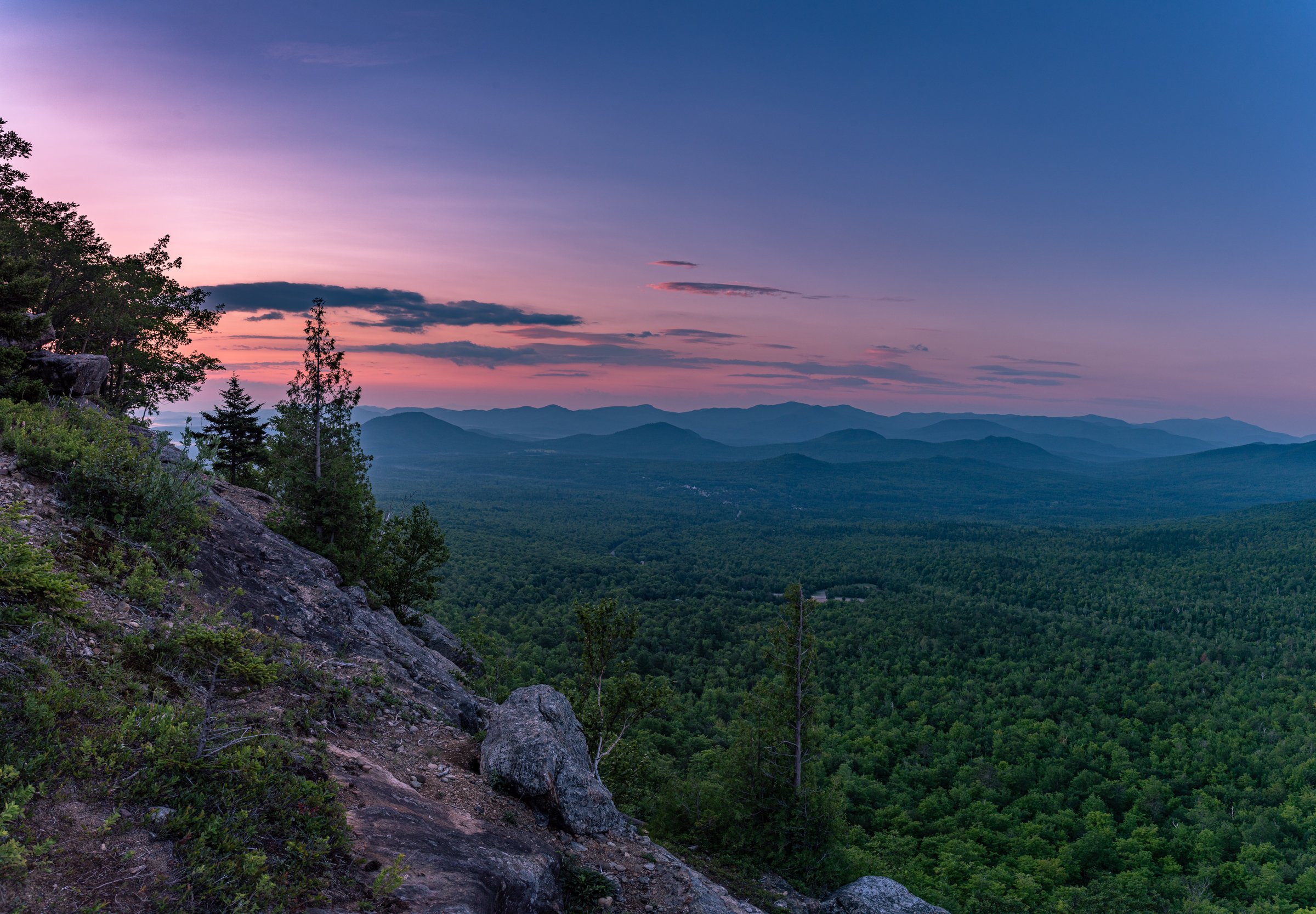Day 1,091
One of our followers, Pam Copeland, sent us a very nice painting of Nico several years ago. It has always sat on a shelf above his food bowls. We’re in the process of re-arranging our kitchen and made Nico his own little food nook, his painting is hanging on the side. We also have his ‘No Bad Dogs’ Dogtra e-collar box on display above his bowls, reminding all of us that there is no such thing as a bad dog. Many thanks to Pam for the painting, it means a lot to us that people care so much for Nico.
Want to help with this lifelong photography project? Donate below. Or check out our favorite dog gear.
Dog Gear
Check out our favorite dog gear, toys, and treats.









There are a lot of camera-carrying systems on the market. If you want to attach your camera to a backpack, you’ve likely come across the Peak Design Capture Clip. But there is a lesser-known product out there that is way more versatile: the Ulanzi Falcam system.